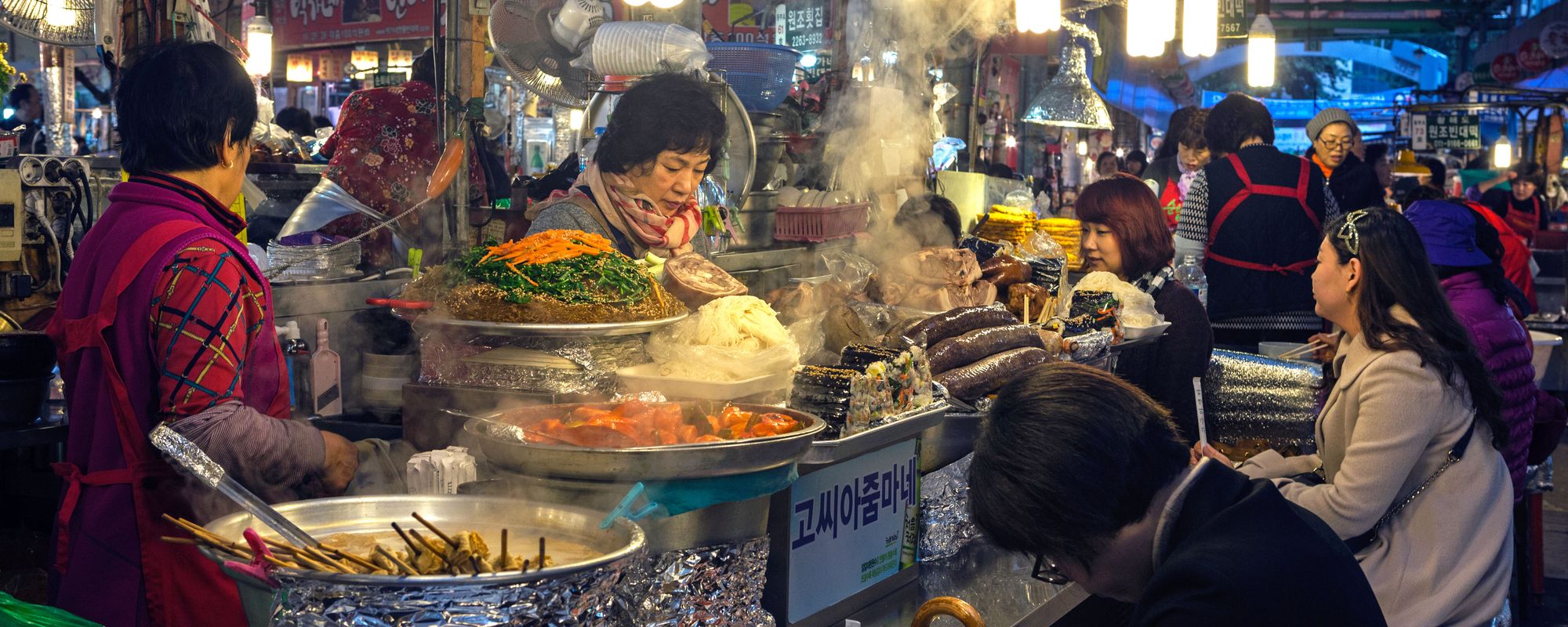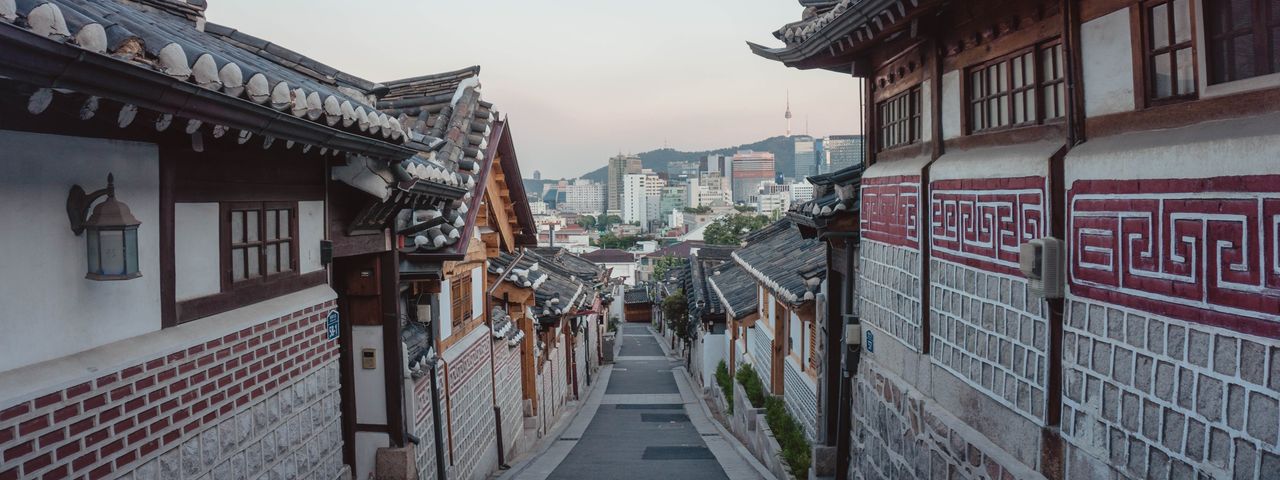When is the best time to visit South Korea?
The best time of year to visit South Korea is generally considered to be the spring months of April, May & June, and the autumn months of September, October & November. During these two seasons days are typically sunny and dry with comfortable average temperatures.
South Korea weather & when to go
Pick a month below
Weather seasons are becoming less predictable but peak visitor months remain more certain.
Unfollow the herd - avoid the peak months to enjoy fewer crowds, better availability, often lusher countryside and help to spread the economic benefits of tourism.
Weather overview
Unlike many other Asian destinations, South Korean weather is fairly straightforward and easy to understand. There are only minimal regional variations throughout the country, and the year divides neatly into four distinct seasons.
There is a delightful spring (April to June), a muggy and wet summer (July to August), a refreshing autumn (September to November) and a freezing cold, snowy but dry winter (December to March).
The main regional temperature differences in South Korea are accounted for by the country’s altitudinous interior and its warmer, but windier, coastline.
Japan and China protect South Korea from most of the area’s typhoons, but one or two still manage to get through each year during the summer months.
Spring
April to June
Typically lasting from April to June, spring is often seen as the best time of year to visit South Korea, with average daily temperatures a pleasant 15 - 18°C. During this time the flowers are in bloom and green spaces are bathed in the delightful hues of the pink cherry blossom, especially the city of Gyeongju. The weather is the least likely to be inclement and, as a result, many festivals and events can be found taking place.
Join the locals in heading for the hills and making the most of the many National Parks, such as Songnisan, Seoraksan and Jirisan. You can expect sunny days but you should also count on destinations being more crowded as it is the most popular time to visit South Korea.
Summer
July to August
The brief summer lasts from July to August and is the hottest time of the year in South Korea. Temperatures may range between 23°C and 30°C but this is also the wettest time of the year, with the monsoon rains bringing half of the country’s annual rainfall during these months.
It can be incredibly humid so you may find yourself seeking sanctuary in the many air-conditioned spaces of Seoul or relishing the sea breezes of coastal cities like Busan, where the famous Haeundae Beach is packed with people and parasols, and the southern holiday island of Jeju.
Autumn
September to November
Once the muggy heat and rains of summer have passed, South Korea once again bursts into colour and festivals come to the fore. Stunning shades of orange and red pepper the autumnal landscapes - particularly throughout the country's National Parks such as Songnisan, Jirisan and Seoraksan.
Long into October the weather is usually mild enough to sport a t-shirt during the day in the seaside resorts of Jeju - and even higher in the hills - but after this you will need to think about packing some extra layers.
The mild temperatures (avg temp: 19-21°C), low rainfall and natural beauty make autumn a strong rival to spring as the best time of year to visit South Korea.
Winter
December to March
South Korea is indeed a land of extremes and nowhere is this more apparent than in the sudden drop of temperature that winter brings. From summer highs of 30°C the temperatures in winter can plummet to as low as -20°C on occasion in the northern regions of the Gangwon-do Province, although it can be significantly milder along the southern coast and on the holiday island of Jeju in the far south.
Falling between December and March, the long winter is freezing cold but relatively dry, and certainly charming. Crisp, white snow can be expected creating romantic views you can enjoy without the madding crowds of spring. Winter sports enthusiasts can enjoy ski-ing and snowboarding at the ski resorts in the Gyeonggi-do Province and in Gangwon-do which sees a higher than average annual snowfall.

